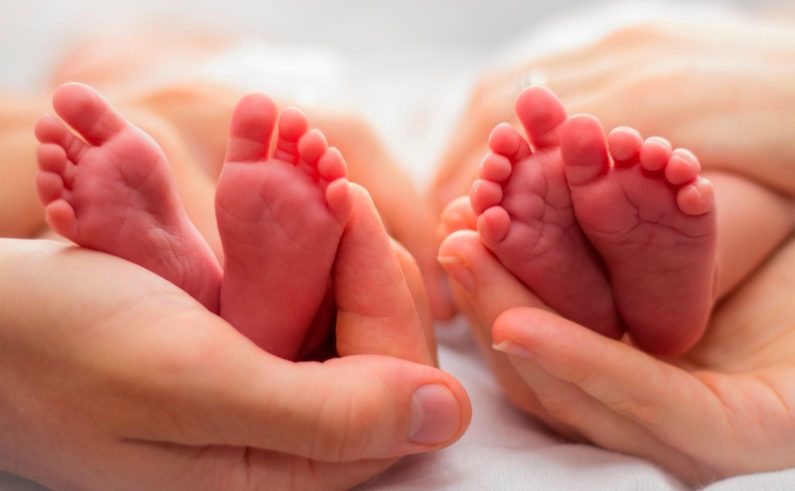Having twins? You should consider banking both of their cord blood.
In the United States alone, the number of twin births has increased from 2 percent to over 3 percent since the 1980s, resulting in an additional million sets of twins. One of the questions many families have when researching cord blood banking is whether it’s necessary to bank both their baby’s cord blood.
Here’s what you need to know:
Fraternal Twins:
When a mother releases 2 separate eggs and both fertilized, this results in fraternal twins which do not share the same DNA. The majority of twins are fraternal and genetically they are the same as any other siblings. The only difference is they are born at the same time.
We strongly suggest parents store cord blood for their fraternal twins, as well as all of their children since their cord blood stem cells are only a 100% match to themselves. Like any other siblings, fraternal twins will have a 25% match rate. This means that each twin has a 1 in 4 chance of being a perfect match for a cord blood transplant or any other stem cell therapy that requires HLA matching.
Identical Twins:
When a mother releases a single fertilized egg and it splits into two eggs, this results in identical twins. Currently only 1 in 3 sets of twins are identical (or 1 in 285 pregnancies). Genetically, identical twins share the same DNA.
If one identical twin develops a disease that can be treated with stem cells derived from cord blood, the healthy twin is a perfect matching stem cell donor, and can use their cord blood to treat the other.
Another reason to consider banking your twins’ cord blood is that generally twins tend to deliver early and therefore are smaller babies. Early birth and low birth weight are often associated with learning delays that can now be treated with cord blood therapy.
Request an information packet today to learn more about cord blood/tissue banking!
Sources:
Madrigal AC. 2014 Apr 17; The Atlantic. There Really Are So Many More Twins Now
Fell DB, Joseph KS. 2012; BMC Pregnancy Childbirth. 12:103 Temporal trends in the frequency of twins and higher-order multiple births in Canada and the United States
CDC website. Births: Final Data for 2015
Huggies website. Chances of having twins
Be The Match website. HLA Matching

